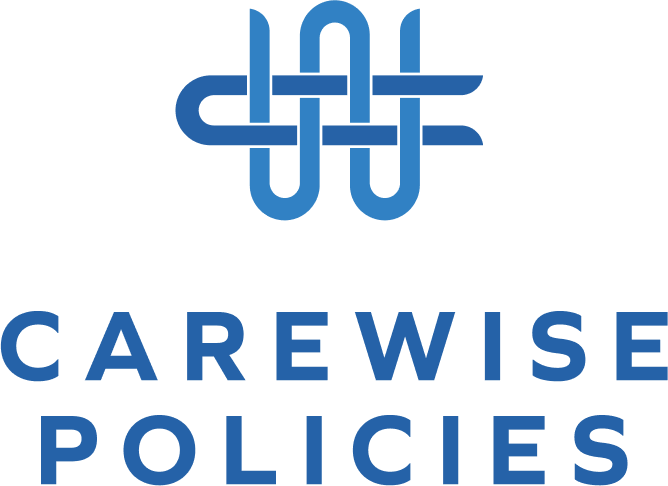- December 29, 2024
- Posted by: carewisepolicies
- Categories: Blogs, Uncategorized

Bottom-up Approach
Ways of Policies Development
In the bottom-up approach, frontline employees initiate the policy. As they are familiar with the obstacles as well as they can identify issues and provide valuable insights. Example: Nurses might notice issues with handovers, leading them to propose a new policy to reduce errors. Once an issue has been addressed, there is typically a stage of discussion among the departments. Which includes brainstorming and collecting ideas inclusive draft. Example: A team of nurses and doctors may discuss ideas for improving handovers. After gathering enough input from staff, a working group is tasked with making the initial policy. After gathering information, the policy is revised to address any issues. In a bottom-up approach, this stage is crucial for assuring that the policy is ready for implementation. Example: After receiving feedback from the emergency department, the policy drafting team refines the policy, incorporating specific instructions that address areas of confusion. The final version is then submitted to the hospital’s executive committee for approval, underscoring the significance of their role in the process. Once the policy is approved, it is distributed all over the organization. Example:After the policy is approved, the hospital organizes training programs for all staff to ensure they understand the new procedures and how to apply them in their daily work. Involving employees in policy creation increases their sense of ownership and responsibility. This leads to higher compliance rates and less resistance. However, gathering input from a lot of employees is a time-consuming process which may be seen as a disadvantage. Also, if too many departments are involved in the process, the policy may become fragmented.
